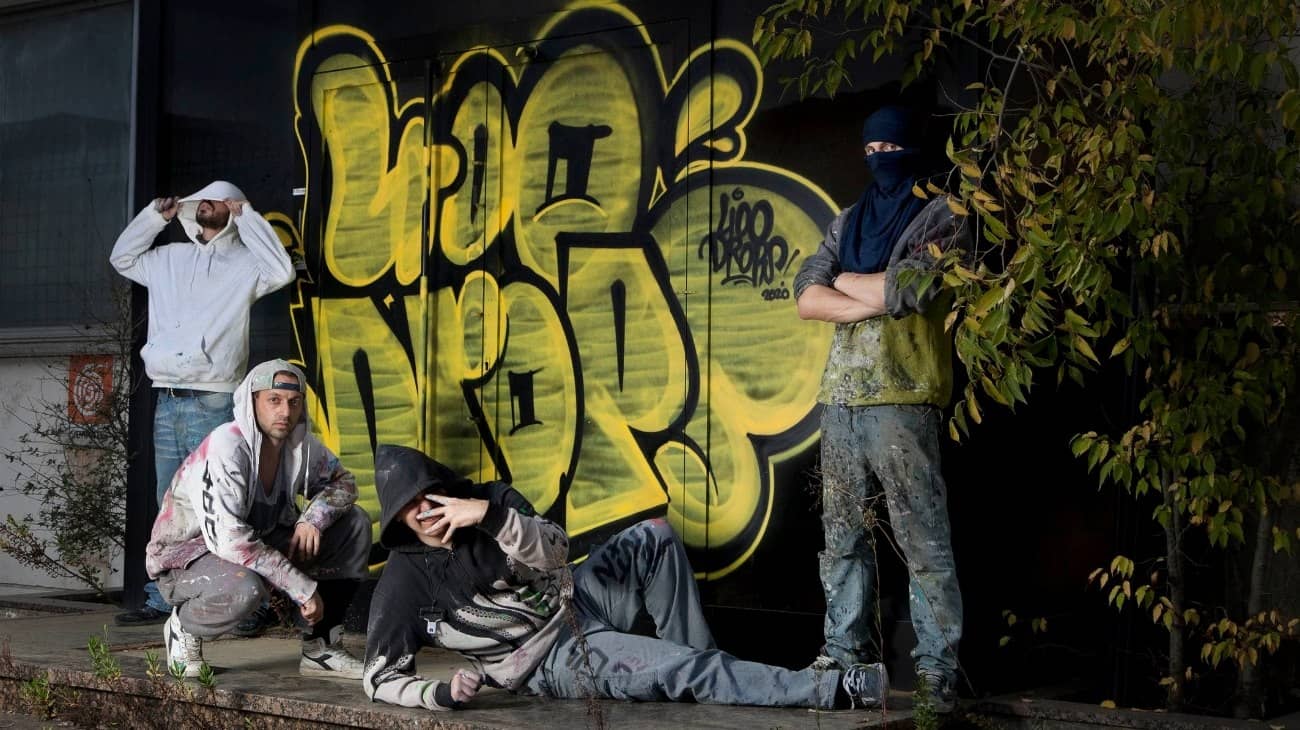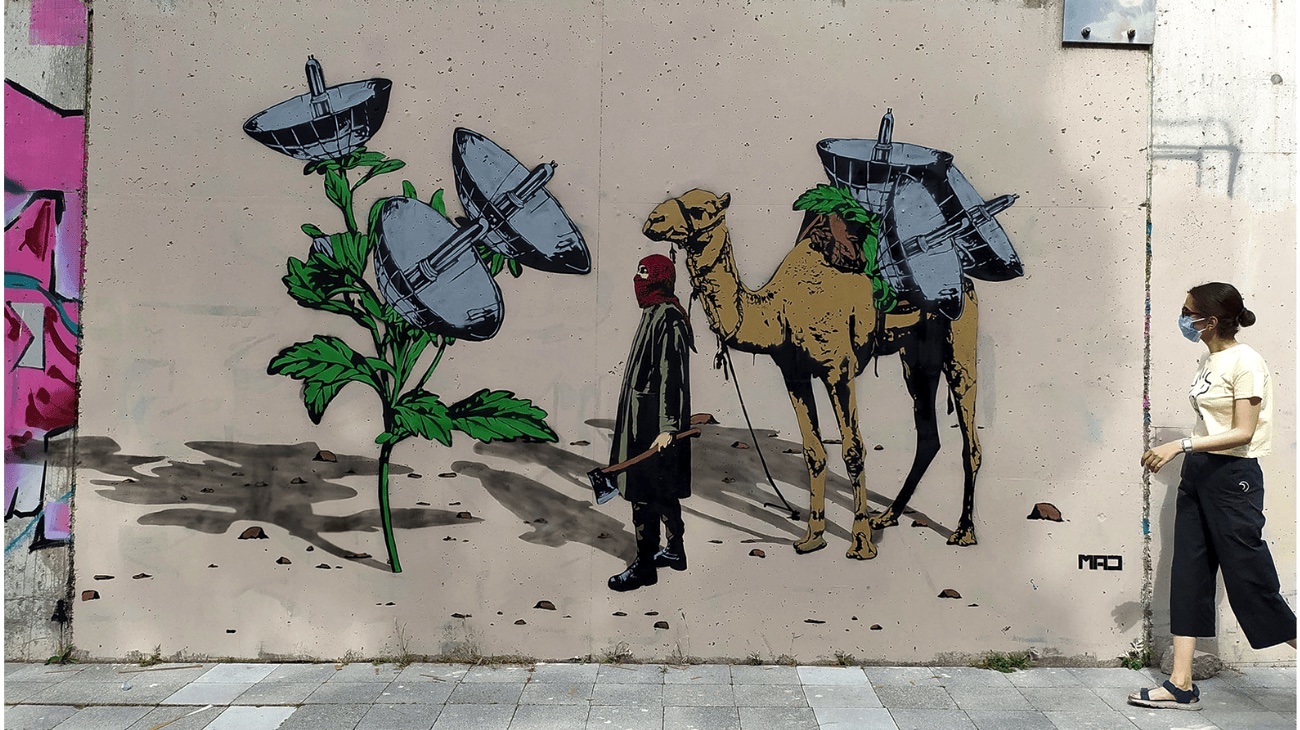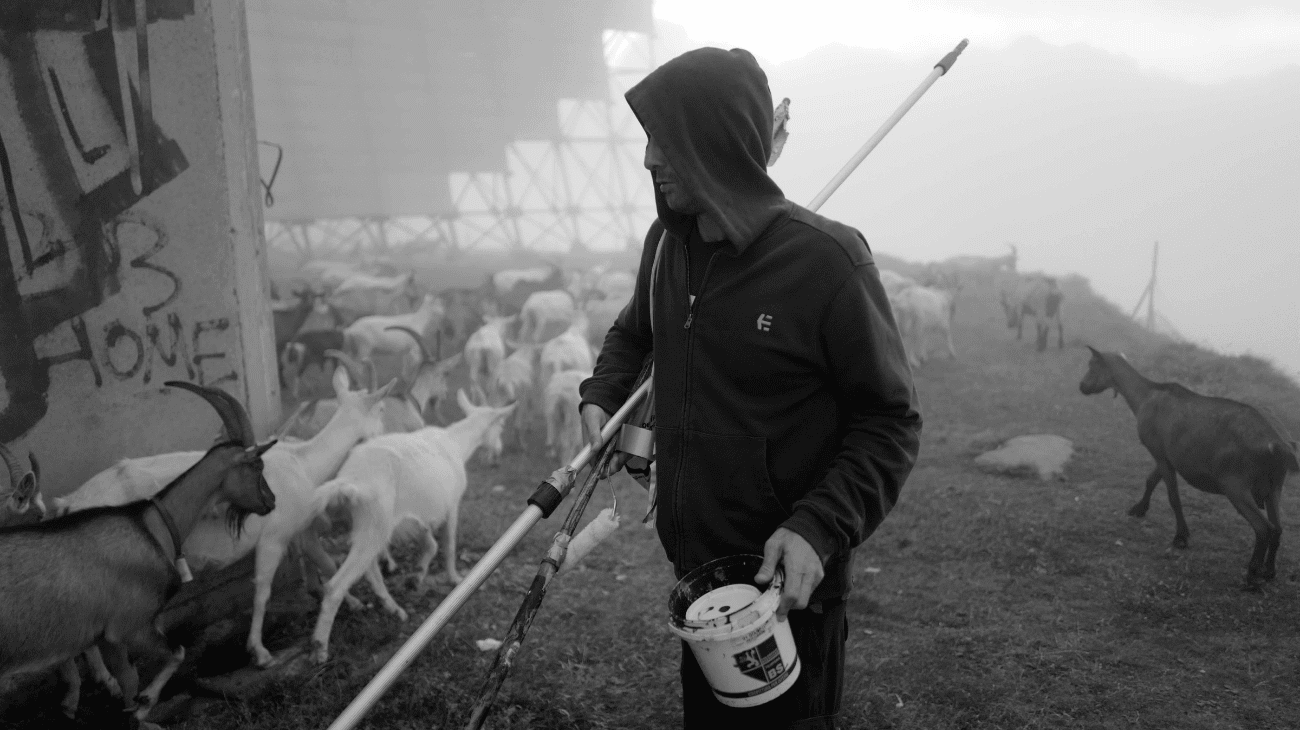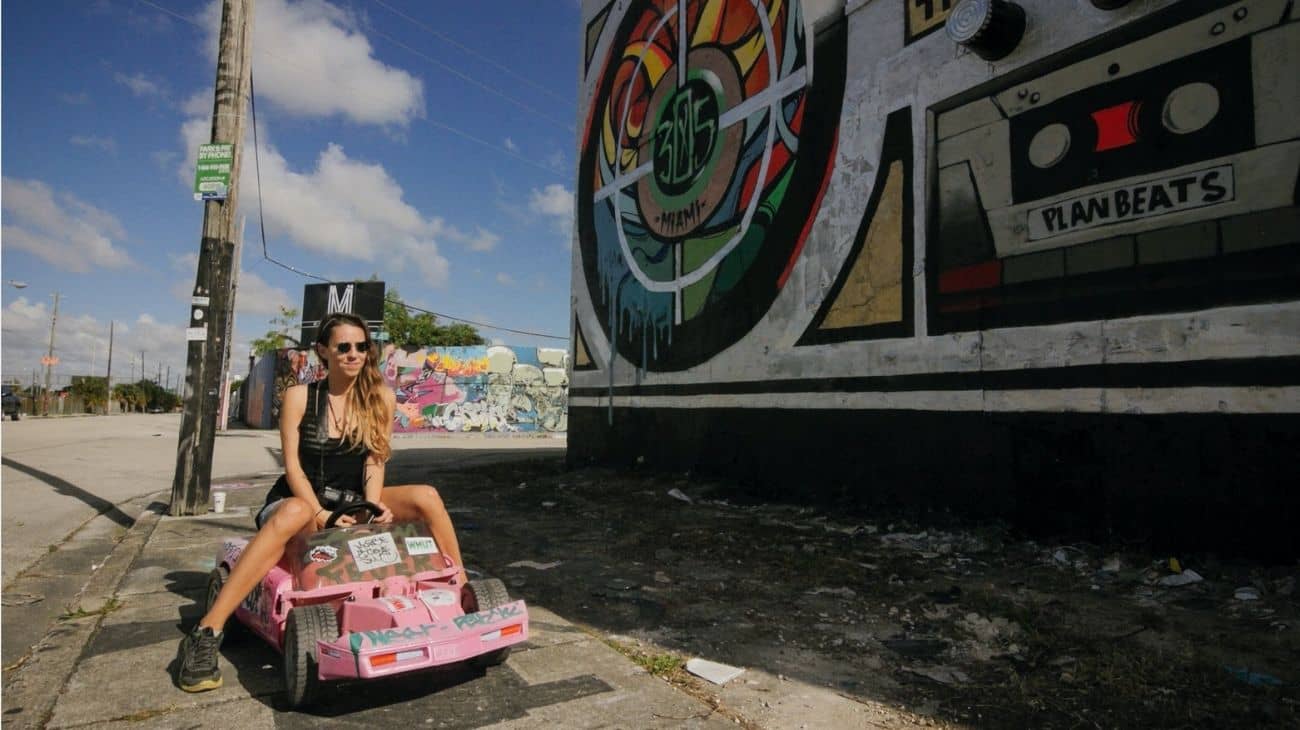
ELISABETTA RICCIO
My idea of urban space is that of a plant that continually loses old leaves to give birth to new ones; my photography documents this transformation with rigour, intimacy, and sentiment.
You are a freelance photographer and capture incredible places and scenes all over the world. Can you tell us more about your background and artistic life?
Very gladly. I graduated from the Polytechnic of Turin with a degree in architecture at the age of 23 while following the evening master’s degree program in photography at the IED. I loved architecture and design very much, but ever since I was a child I had somehow connected to photography. I don’t remember how I got my first camera when I was nine years old, but I remember that every summer at the beach I used up a lot of camera rolls.
The most beautiful moment was when I took my bicycle to reach the village next to mine and pick up the developed photographs… let’s say that this is how my relationship with photography began.
At that time I didn’t think it could become a job…
Then, during the university, I started to do various jobs in order to travel…
Malaysia, Indonesia, Cuba, Dominican Republic… Discovering the world had become for me a kind of mission, and photography my means of expression, of processing experiences, my faithful travel partner. So, once I graduated, I started working as a photographer, first as assistant in a studio, then as photographer of the music and underground scene in Turin. After this I continued the work I started at university on the documentation of abandoned industrial spaces and buildings, and then I concentrated on more intimate reportage projects such as “Calle Cuba” or “CLAUSUSUS”, a story about the cloistered life of a group of nuns in Revigliasco. In 2012 I approached street art and, together with several artists, I began to travel between America and Central America until I moved to New York for several months, in 2016.
Do you see your role as a photographer more similar to a documentarian, a narrator or an artist?
Good question. I am very attached to a phrase by Oscar Wilde: “to define is to limit.” In fact, I’ve never liked to identify myself with just one of these adjectives…
Let’s say that my “mission” in photography is to tell stories. Of people, places, resilience, memory…
I wander from more narrative to more artistic projects where I mix different printing techniques, experiments in iron typing, Polaroid manipulations, and the use of double exposure.
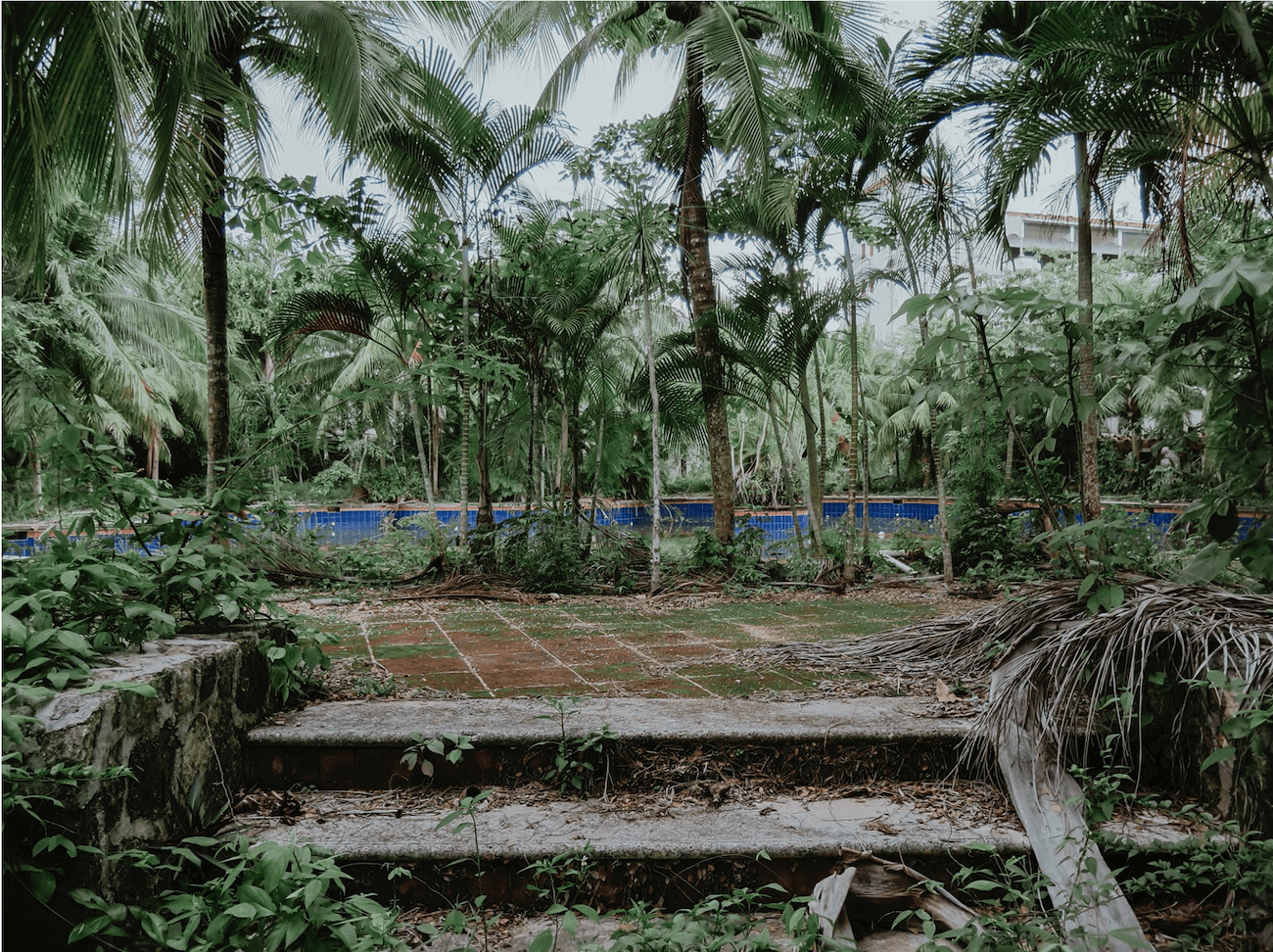
What fascinates you about the urban and suburban scene? When and how did you come into contact with the street art scene?
The city has always had a strong attraction for me. As a good architect I am fascinated by the transformation of urban space. The walls, the streets, the city lights have a lot to tell.
Mine is a constant investigation of the mutability of the architecture of those urban areas that have been lived in by man and then abandoned.
It was during my thesis on the redevelopment of former industrial areas in Turin that I started to photograph abandoned factories, hidden cities, and forgotten villages in Piedmont and overseas. Then, in 2012, I had the opportunity to follow some Italian artists travelling to the United States, and that’s how I started to document street art festivals and urban redevelopment projects through art. I have photographed the work of internationally recognized artists including Vhils, Faith 47, Evoca1, Alexis Diaz, Axel Void, 2501, and many others.
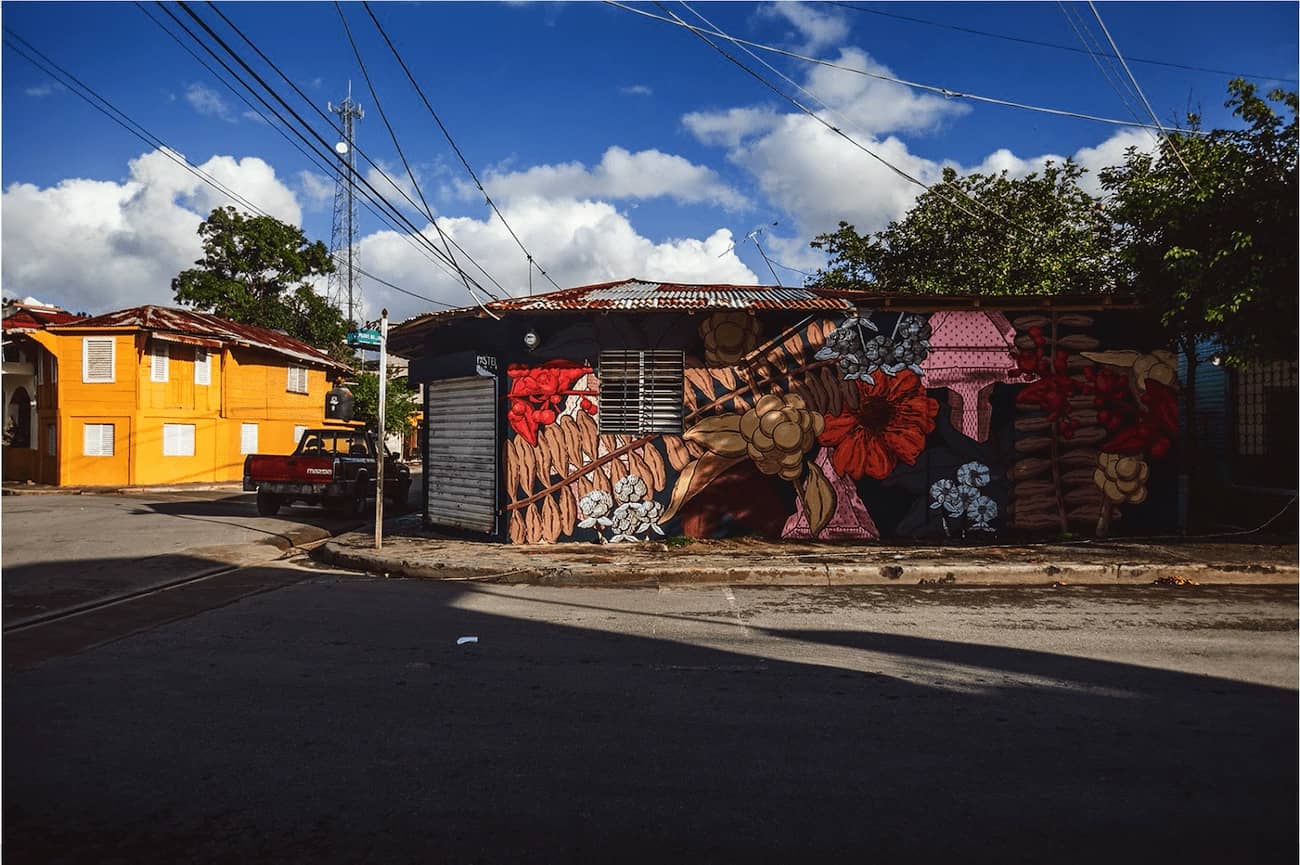
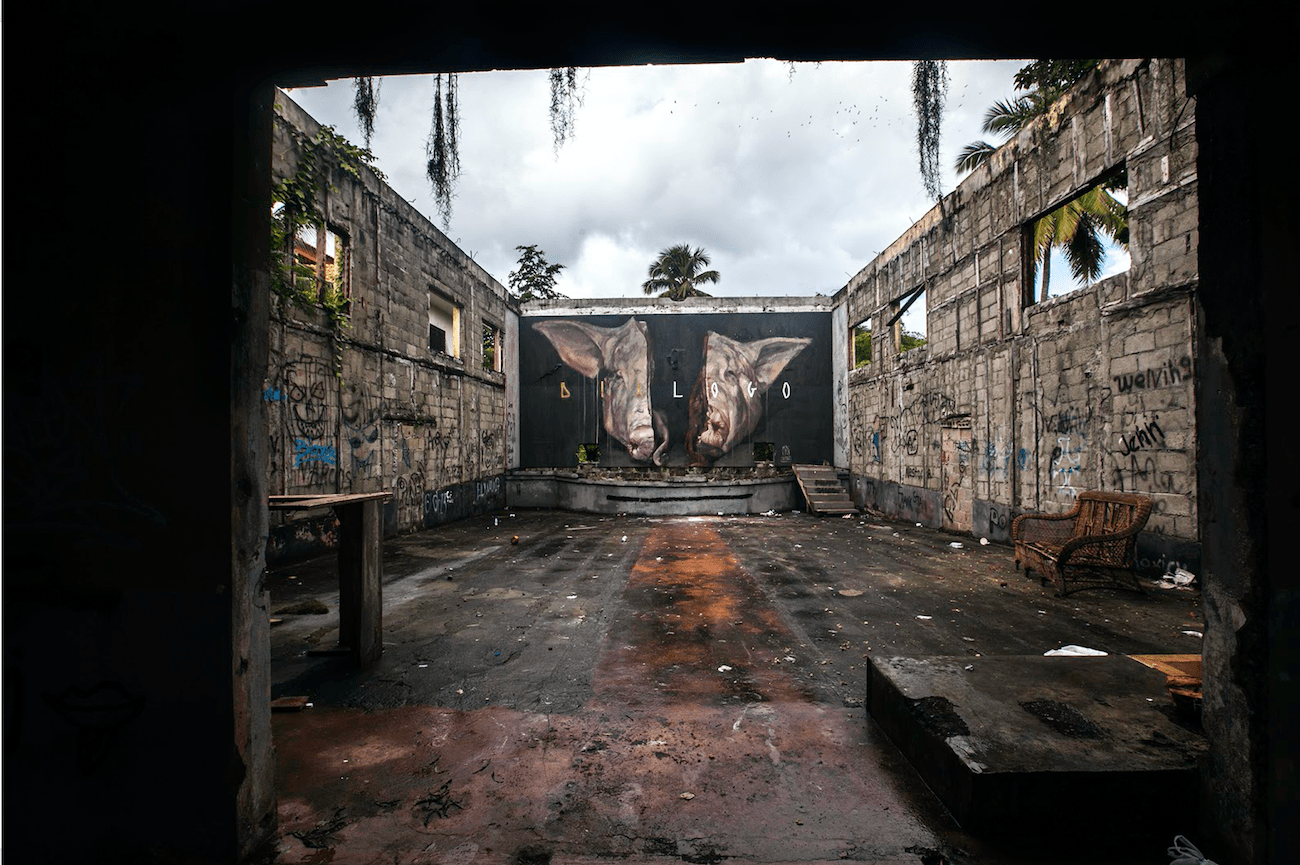
In the years 2014 and 2017 you travelled and worked with international street artists between America and Asia. How was this experience for you?
It was a wonderful experience. I was able to reconcile my desire to travel and explore with the study of a new world, that of street art, which was still to be discovered for me.
Photography and street art go hand in hand.
Very often, artists paint works in the middle of nowhere, and through photography they are able to show them to the whole world. In my travels with them, I have tried to tell and reflect, with intensity and truth, the relationship that is created between the artistic intervention and the local communities involved.
What interests and fascinates me most about street art is to see how art can become a means of urban regeneration, accessible for free by an unlimited number of people with no space limits, thus transforming the walls of cities into an open-air museum. Often, what is painted on the walls are social and political messages, which makes them even more interesting.
I have followed several festivals, from Puerto Rico to Lisbon, passing through Arizona and Sarasota. I discovered Miami Art Basel, an international art fair, which then became a fixed stage for me where I exhibited my project on the Miami Marine Stadium, an abandoned marine stadium that has become the canvas of many world-famous artists, for two years in a row.
In 2014 I also had the honor to document the first street art festival, “Artesano Project”, organized by the artist Evoca1 in the Dominican Republic.
It was nice to work with all the artists involved: while each of them was busy carrying a message on the walls of this little village, I was busy documenting and investigating the interaction of the community with what was happening.
I used to interview and spend time with people, document the work of each of the protagonist artists, and make portraits of them.
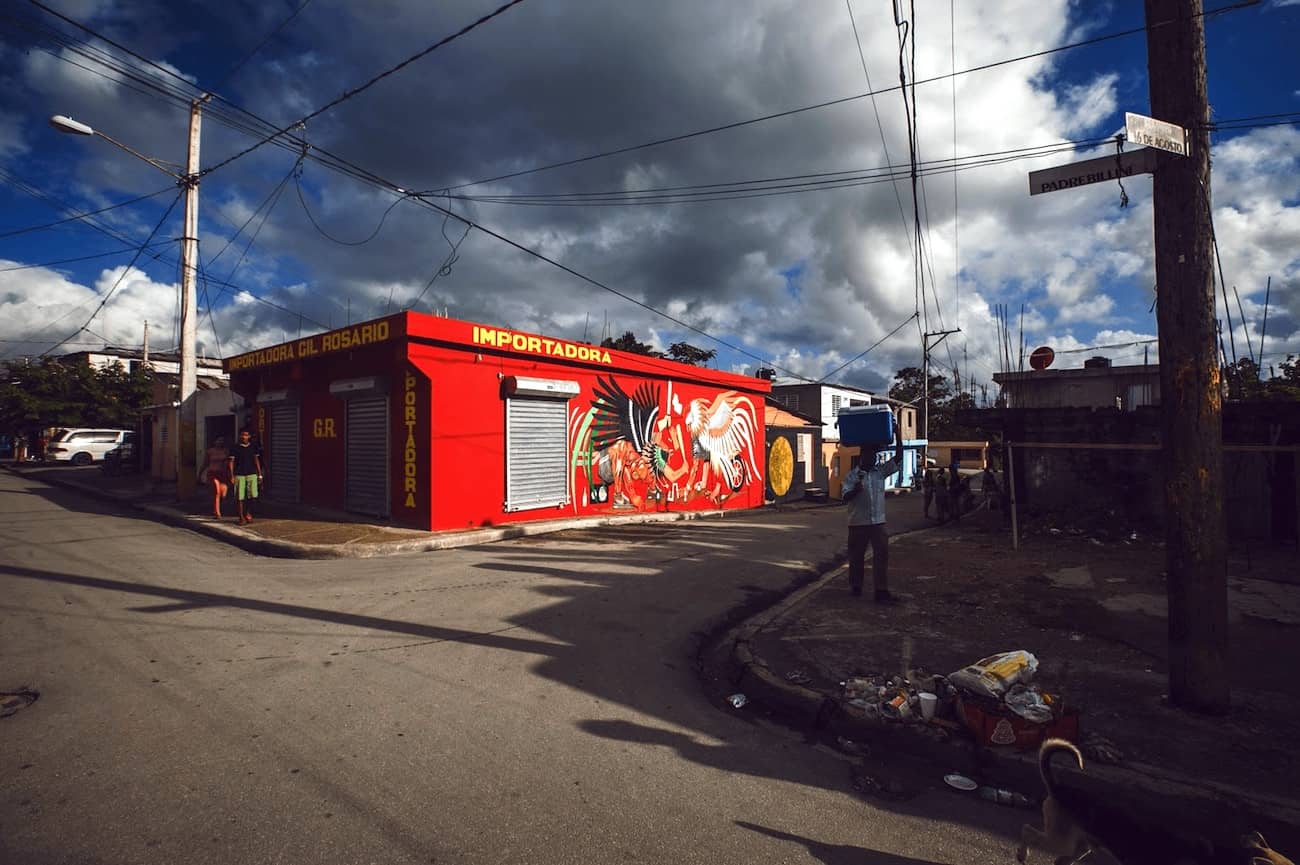
It was nice to work with all the artists involved: while each of them was busy carrying a message on the walls of this little village, I was busy documenting and investigating the interaction of the community with what was happening.
I used to interview and spend time with people, document the work of each of the protagonist artists, and make portraits of them.
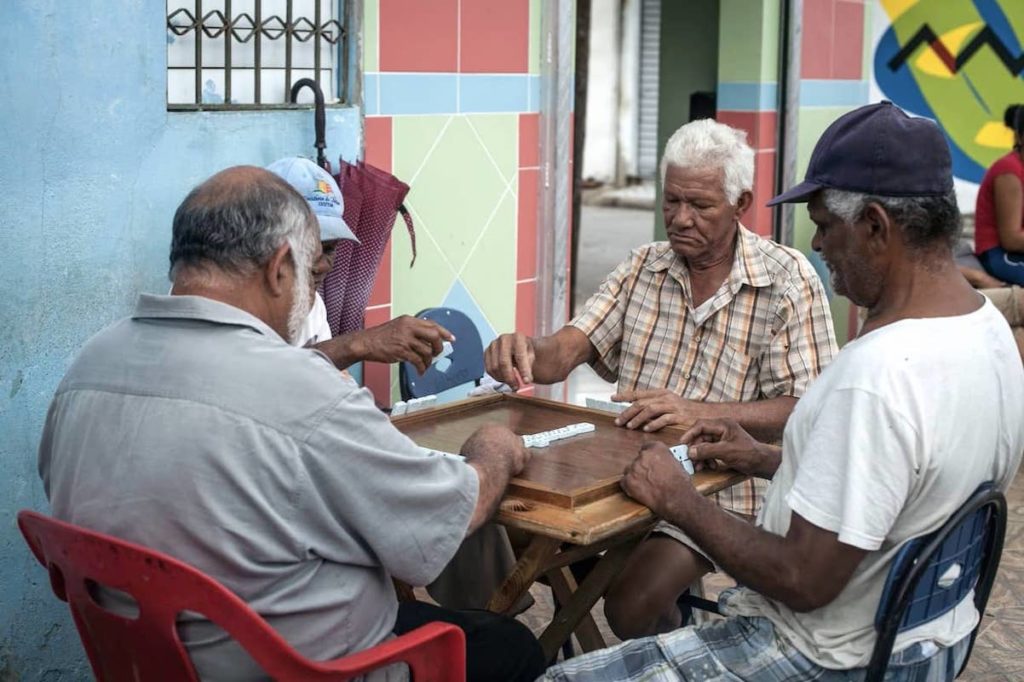
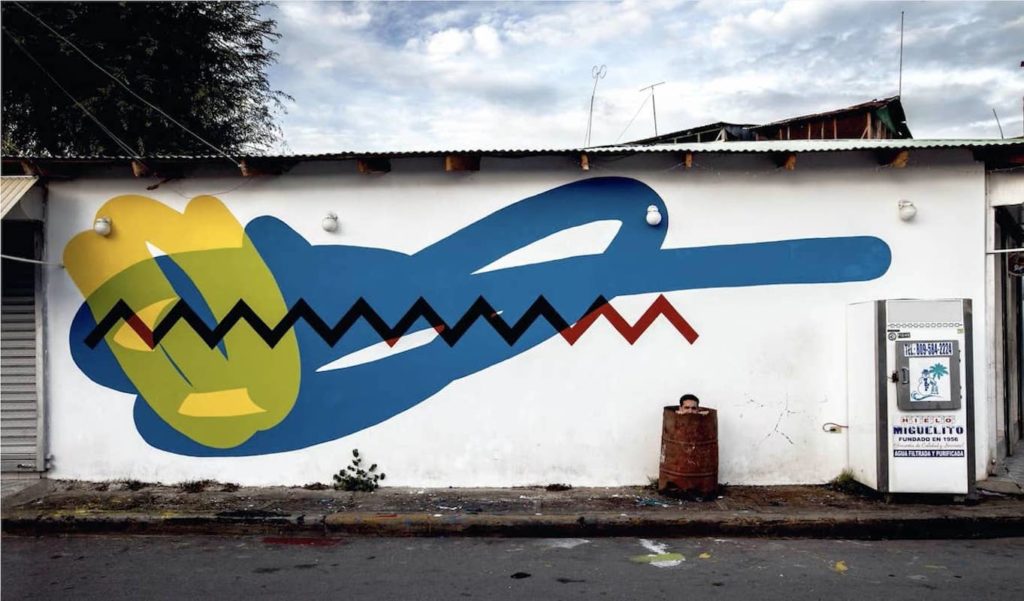
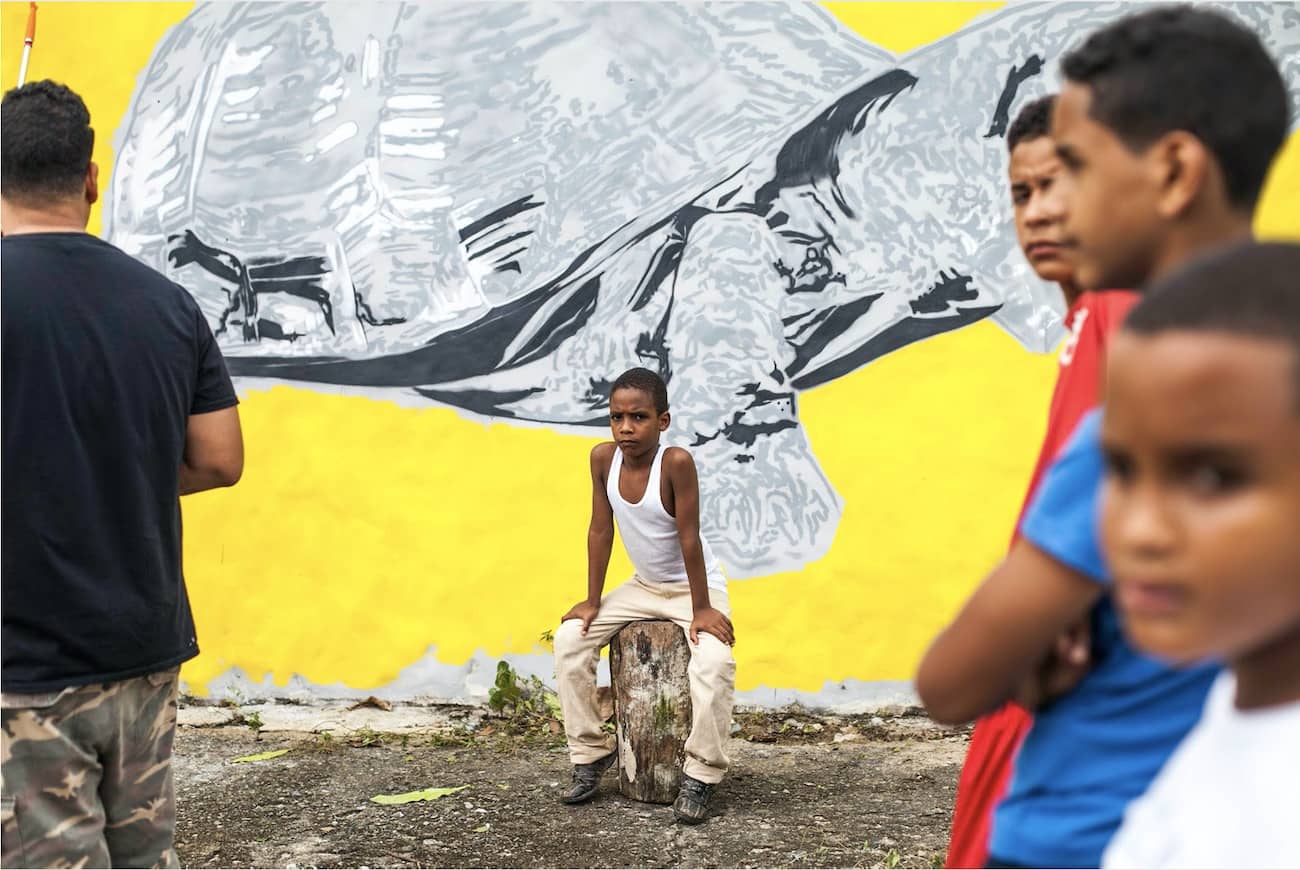
You have explored urban landscapes of very different kinds, for example abandoned industrial areas in self-transformation for your first series IDENTITY, moving metropolitan and social places for RES.TI.TU.ZIO.NE, or a photographic survey on the Navajo Nation for the IN THE MIDDLE OF NOWHERE series. What cultural differences or similarities have you discovered in terms of urbanity, urban life, and urban art?
Actually, I realized that there is much more similarity than I could have imagined. In my A-TYPICAL fanzine you feel that a lot… It is the summary of ten years of exploration between Mexico, France, Israel, Italy, Arizona, Dominican Republic, and Cuba, places apparently distant and different from each other but very similar… there is a sort of continuity between one landscape and another.
My idea of urban space is that of a plant that continually loses old leaves to give birth to new ones; my photography documents this transformation with rigor, intimacy, and sentiment.
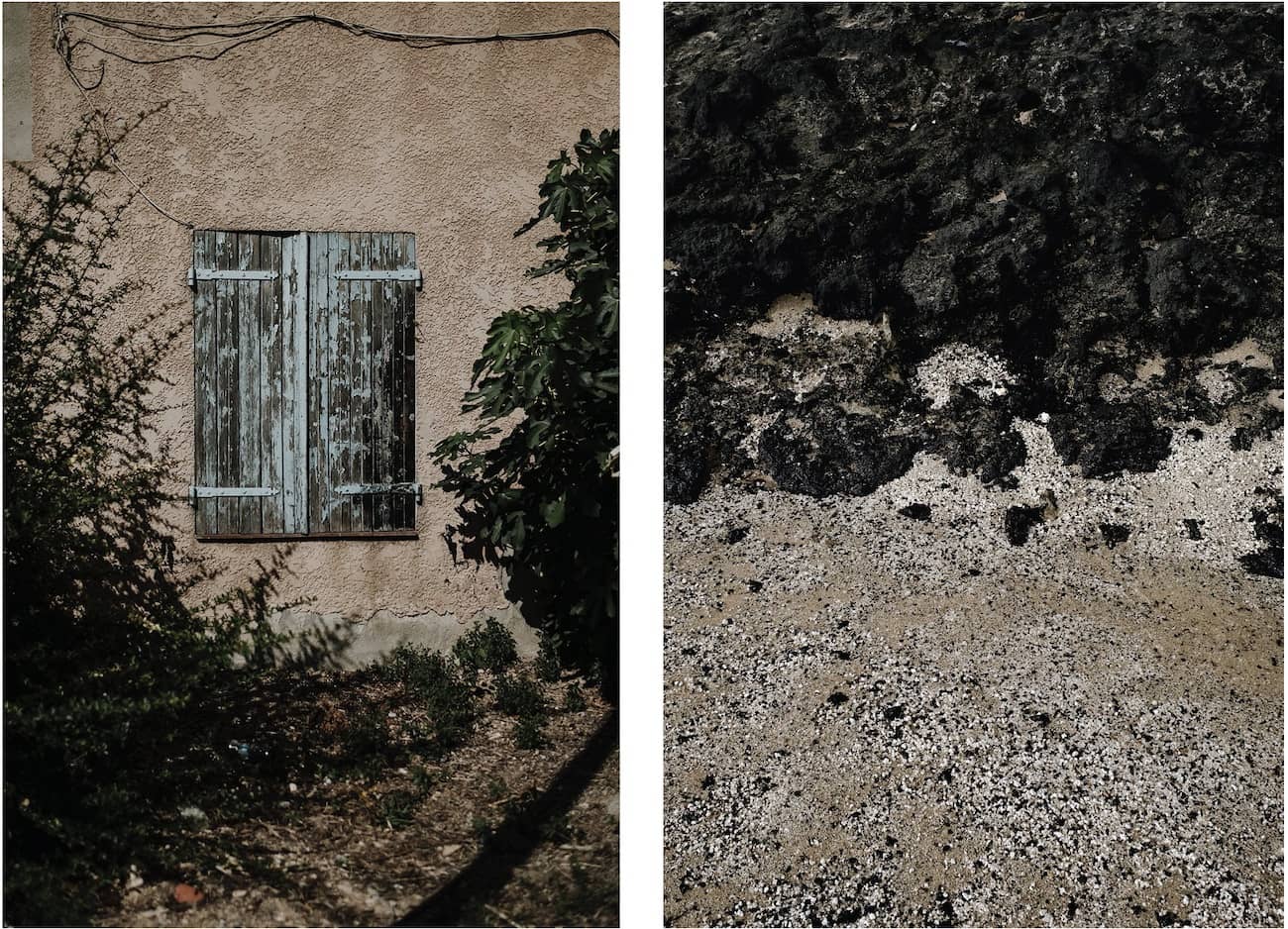
From all the places I have told you, I have always tried to get out the deepest essence, connecting it with what I was experiencing, to dig deep in search of those hidden messages…
From the abandoned village in the Bacalar lagoon in Mexico to the abandoned buildings of the municipality of Boscotrecase near Naples, from the abandoned Marine Stadium in Miami to the disused cotton mills of Robassomero in Piedmont, from the abandoned theatres in the Dominican Republic to the Navajo mobile house in Arizona.
In every place, building or village that I have photographed, I’ve always found those similarities that made you feel a sense of familiarity… In the fanzine (my current publication), in fact, Cuba looks like a glimpse of Naples, and a train station in Troy (NY) looks like Robassomero’s cotton mill in Piedmont, and so on.…
What reactions do you want to create in the viewers of your work? What messages do you want to communicate with your photos?
I would like the viewer to reach a sense of amazement, to empathize with the places and people I have portrayed, and to reflect on issues such as memory or the relationship between man and earth and to investigate the consequences that our actions have on our planet.
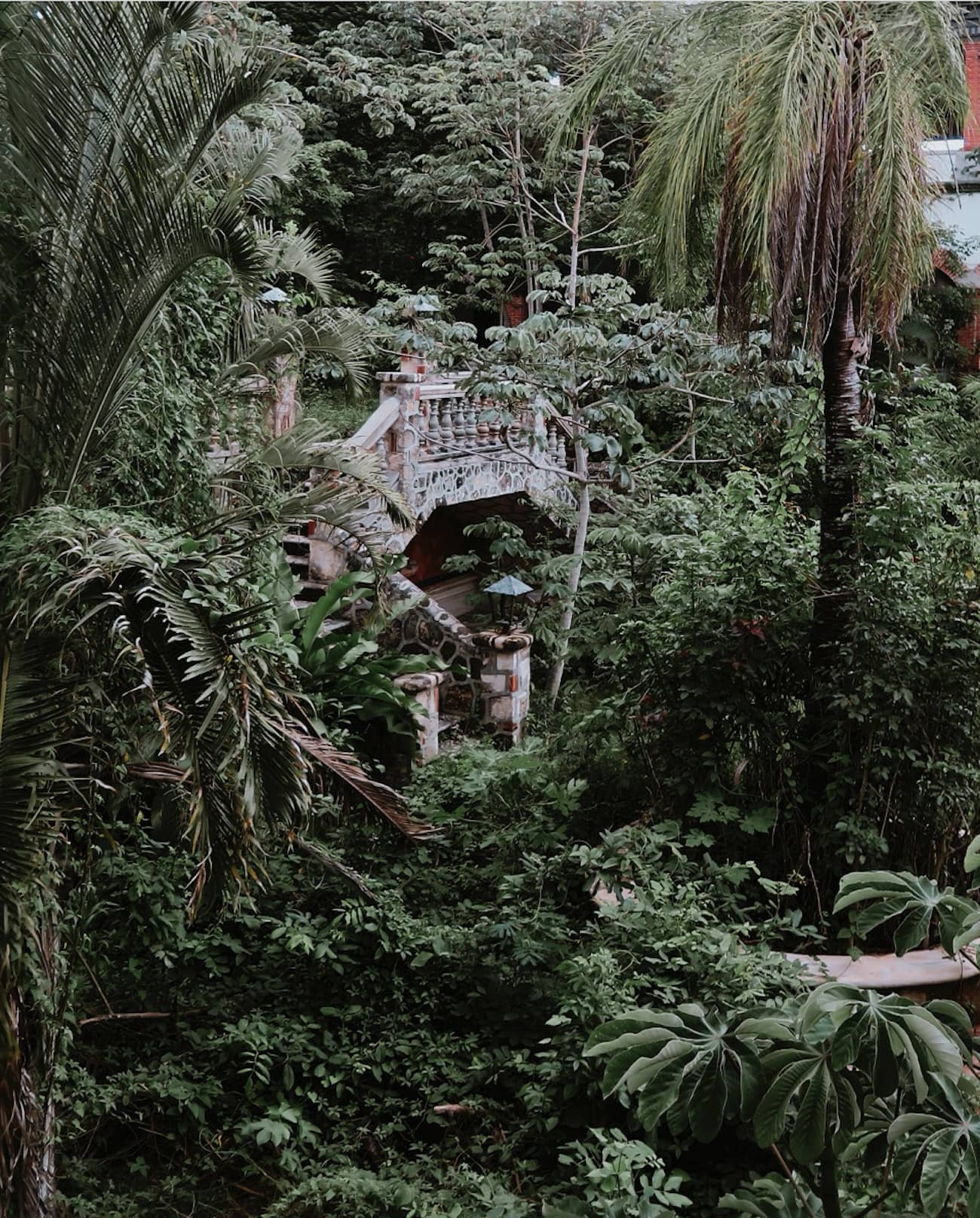
What are your future projects, themes, or places you would like to explore?
I have travelled for many years, interested in exploring cultures other than my own, but during the lockdown in March I discovered the desire to do research on my territory. I would like to do specific work on Naples, the city in which my father was born.
The relationship with the Earth, memory, and resilience will be the themes of my next projects. Meanwhile, I already have a new limited edition fanzine in the pipeline.
I like collecting photographic books, I am a big fan of printing processes, and one of my dreams is to realize a book sooner or later. Design, editing, printing, paper materiality, composition – everything comes together to create a story.
Realizing ATYPICAL, even if it is not a book but a fanzine, has stimulated me a lot. The layout, the choice of content and paper, the design phase, following the letterpress process with the guys from Archivio Tipografico and writing the text with Claudia de Giorgis, it was really a unique experience. I can’t wait to work on the next project!
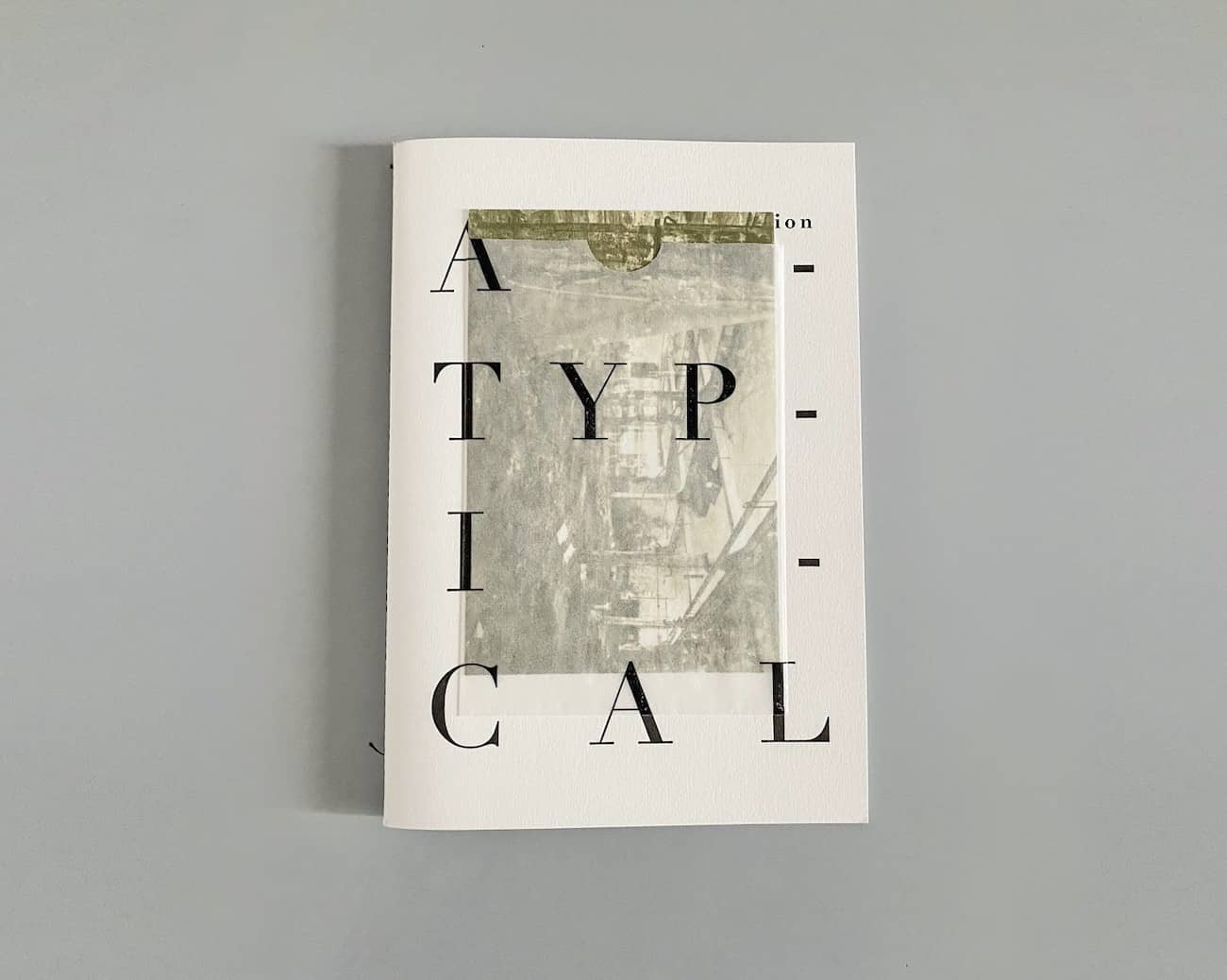
A-TYPICAL. Presented at Unlock Book Fair – Modena and shown at Funzilla Fest – Rome.
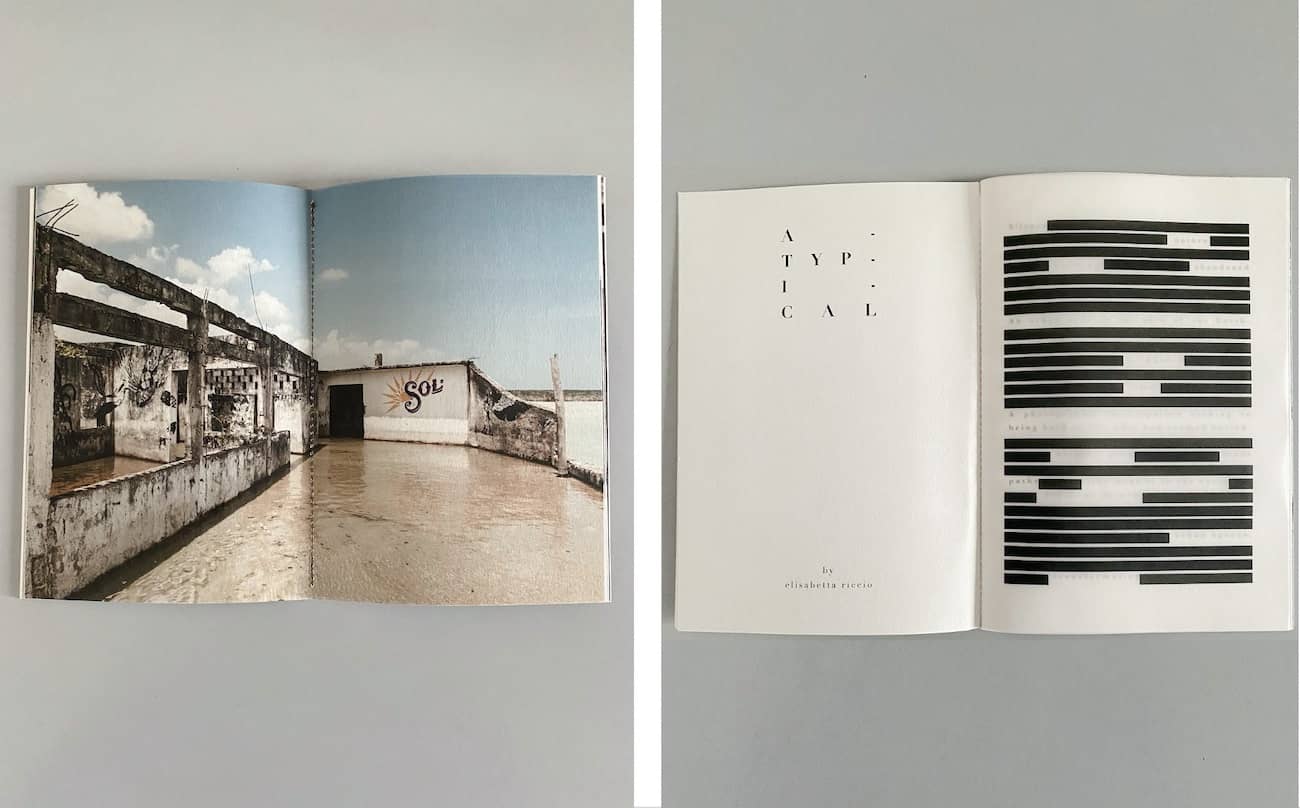
_______________________________________
Elisabetta Riccio
Turin, Italy
_______________________________________
January 2021



